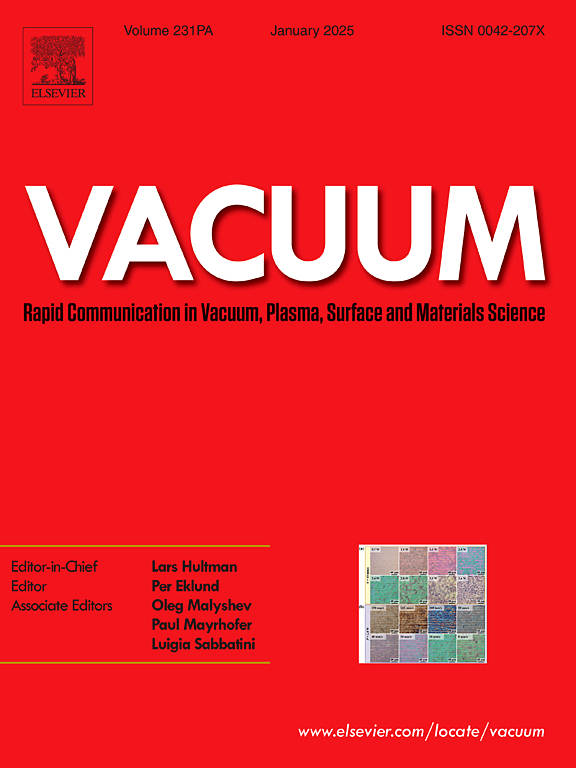Study of internal electric field and interface bonding engineered heterojunction for high stability lithium-ion battery anode
IF 3.8
2区 材料科学
Q2 MATERIALS SCIENCE, MULTIDISCIPLINARY
引用次数: 0
Abstract
In this paper, SnO2/Ni2SnO4 heterojunctions were grown on NF by a simple secondary hydrothermal method. DFT-based calculations show that the SnO2/Ni2SnO4 heterojunction has excellent thermal stability with a low band gap (1.7 eV) and Li+ diffusion barrier (0.822 eV), which is attributed to the generation of an internal electric field that promotes carrier transport. Electrochemical tests showed that the initial capacity of SnO2/Ni2SnO4/NF was 1401 mAh g−1, and its capacity was 970 mAh g−1 after 200 charge/discharge cycles, which is attributed to metal-oxygen bonds at the interface and a special microsphere structure to improve the stability of the materials. In addition, the electrochemical behavior of SnO2/Ni2SnO4/NF is dominated by capacitive behavior, resulting in excellent rate performance. The synthesis of SnO2/Ni2SnO4/NF provides a reference for designing other heterojunctions anode materials.
用于高稳定性锂离子电池负极的内电场和界面键合工程异质结研究
本文采用简单的二次水热法在 NF 上生长了 SnO2/Ni2SnO4 异质结。基于 DFT 的计算表明,SnO2/Ni2SnO4 异质结具有优异的热稳定性,具有较低的带隙(1.7 eV)和 Li+ 扩散势垒(0.822 eV),这归功于内部电场的产生促进了载流子的传输。电化学测试表明,SnO2/Ni2SnO4/NF 的初始容量为 1401 mAh g-1,经过 200 次充放电循环后,其容量为 970 mAh g-1,这归功于界面上的金属氧键和特殊的微球结构提高了材料的稳定性。此外,SnO2/Ni2SnO4/NF 的电化学行为以电容行为为主,因此具有优异的速率性能。SnO2/Ni2SnO4/NF 的合成为设计其他异质结阳极材料提供了参考。
本文章由计算机程序翻译,如有差异,请以英文原文为准。
求助全文
约1分钟内获得全文
求助全文
来源期刊

Vacuum
工程技术-材料科学:综合
CiteScore
6.80
自引率
17.50%
发文量
0
审稿时长
34 days
期刊介绍:
Vacuum is an international rapid publications journal with a focus on short communication. All papers are peer-reviewed, with the review process for short communication geared towards very fast turnaround times. The journal also published full research papers, thematic issues and selected papers from leading conferences.
A report in Vacuum should represent a major advance in an area that involves a controlled environment at pressures of one atmosphere or below.
The scope of the journal includes:
1. Vacuum; original developments in vacuum pumping and instrumentation, vacuum measurement, vacuum gas dynamics, gas-surface interactions, surface treatment for UHV applications and low outgassing, vacuum melting, sintering, and vacuum metrology. Technology and solutions for large-scale facilities (e.g., particle accelerators and fusion devices). New instrumentation ( e.g., detectors and electron microscopes).
2. Plasma science; advances in PVD, CVD, plasma-assisted CVD, ion sources, deposition processes and analysis.
3. Surface science; surface engineering, surface chemistry, surface analysis, crystal growth, ion-surface interactions and etching, nanometer-scale processing, surface modification.
4. Materials science; novel functional or structural materials. Metals, ceramics, and polymers. Experiments, simulations, and modelling for understanding structure-property relationships. Thin films and coatings. Nanostructures and ion implantation.
 求助内容:
求助内容: 应助结果提醒方式:
应助结果提醒方式:


